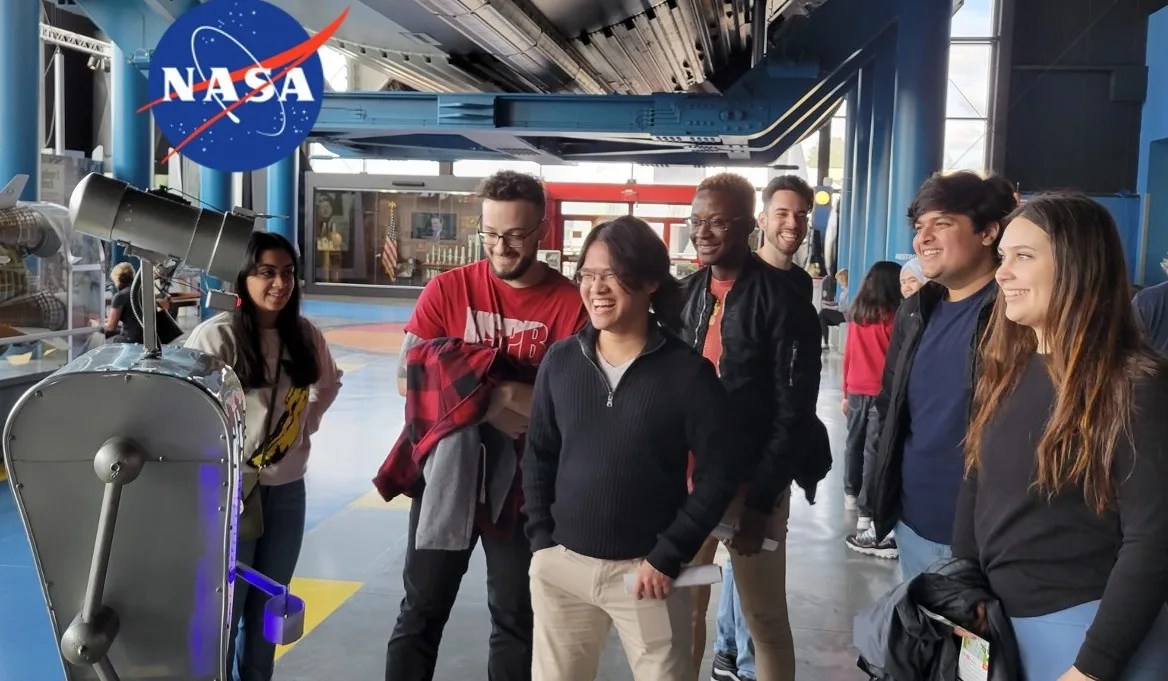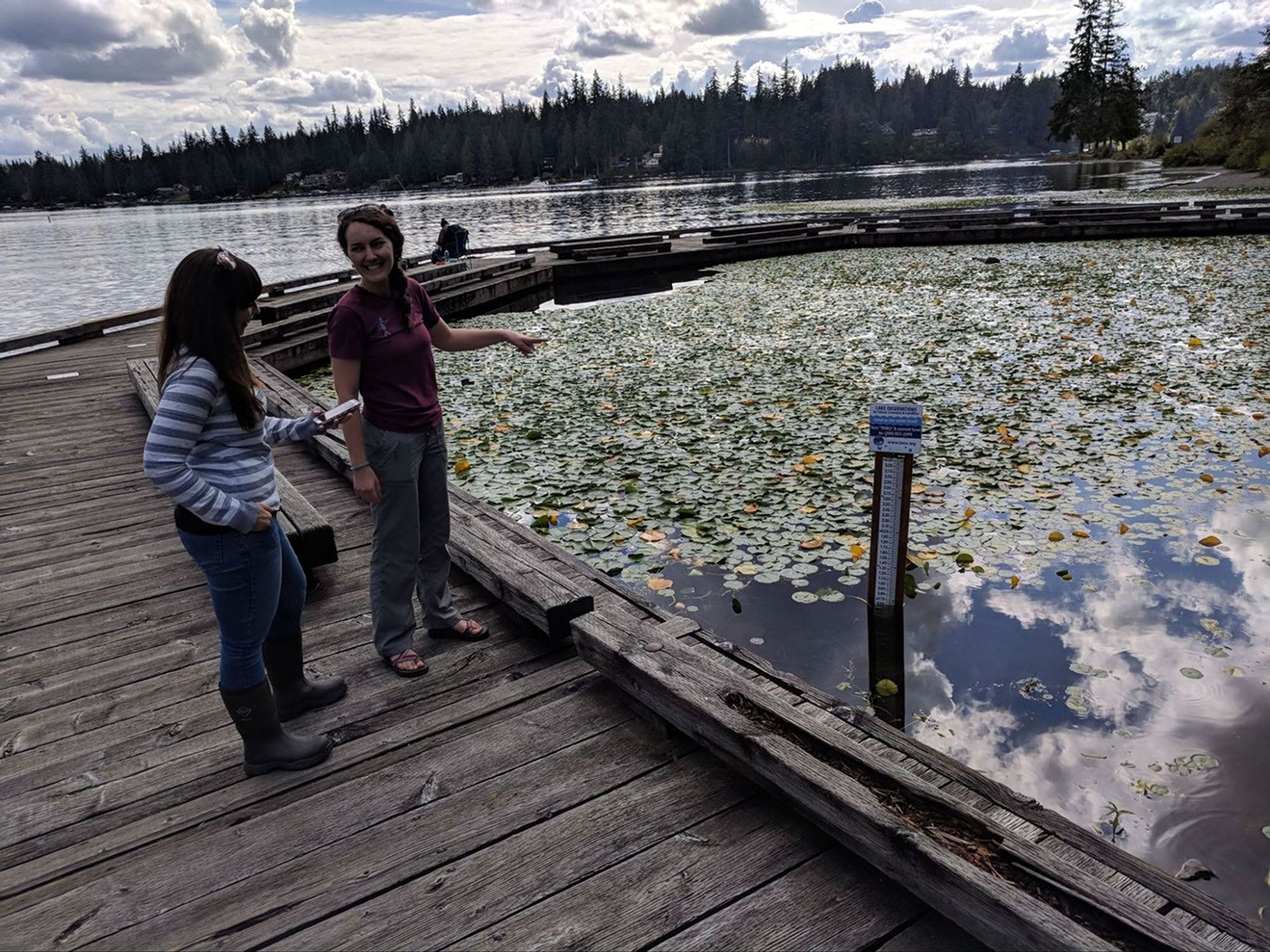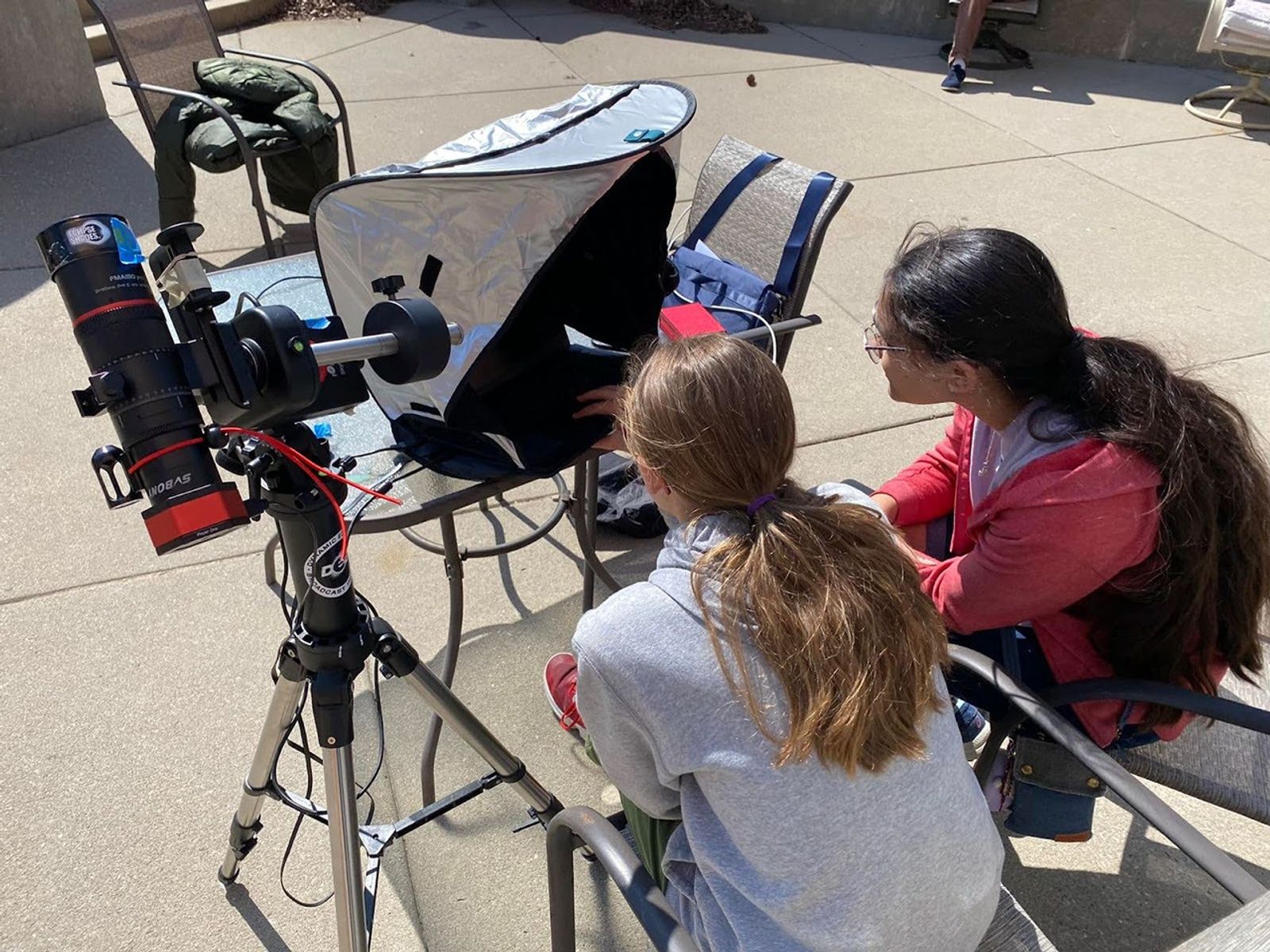With 29 different projects online, NASA’s citizen science program offers many ways members of the public can participate in real scientific research. Now NASA is funding 19 new awards across the U.S. to develop or support citizen science projects.
Astrophysics Data Analysis Program (ADAP)
The Astrophysics Data Analysis Program (ADAP) program provides support for investigations whose focus is on the analysis of archival data from NASA space astrophysics missions. Two proposals were selected that involve citizen science components:
- Uncovering Ultracool Benchmarks in a WISE to Gaia Search, Jacqueline Faherty, American Museum of Natural History
- Toward a Uniform and Complete Keck Spectroscopic Archive for the COSMOS Legacy Field, Jeyhan Kartaltepe, Rochester Institute of Technology
Citizen Science Seed Funding Program (CSSFP)
The CSSFP aims to support scientists and other experts to develop citizen science projects and to expand the pool of scientists who use citizen science techniques in their science investigations. Four Divisions of NASA’s science mission directorate are participating in the CSSFP: the Astrophysics Division, the Biological and Physical Sciences Division, the Heliophysics Division and the Planetary Science Division.
Eleven new projects were recently selected through this program:
- Adaptive Ionospheric Observatory Using Dual-frequency Smartphones, Joshua Semeter, Boston University
- Hot On the Trail: Citizen Science Empowering Active Region Life Cycle Investigations, Emily Mason, Predictive Science Inc.
- Radio JOVE 2.0, Chuck Higgins, Middle Tennessee State University
- Joint Analysis of Concurrent Sprite and Gravity Wave Observations Based on Citizen Science Data Collected by Spritacular Project, Burcu Kosar, Catholic University of America
- Martian Cloud Watching, Matteo Crismani, California State University, San Bernardino
- How Dynamic is the Moon? Lunar feature change detection using co-registered images from past and current missions, Aaron Curtis, NASA Jet Propulsion Laboratory
- Are We Alone? A Citizen Science-Enabled Search for Technosignatures, Jean-Luc Margot, University of California, Los Angeles
- BurstChaser: Unveiling the physical mechanism of gamma-ray bursts with citizen science, Amy Lien, University of Tampa
- Dark Energy Explorers: The Citizen Science Project Fueling the Hobby-Eberly Telescope Dark Energy Experiment (HETDEX), Karl Gebhardt, University Of Texas, Austin
- Long-Duration Exoplanet Transit Timing with a Coordinated Citizen Astronomer Network, Thomas Esposito, SETI Institute
- Harnessing the Power of NASA's Physical Sciences Informatics by Engaging Citizen Scientists, Paul Secor, American Society For Gravitational and Space Research, INC.
Established Program to Stimulate Competitive Research (EPSCoR) Opportunities
EPSCoR develops partnerships among NASA research missions and programs, academic institutions, and industry. The program helps awardees establish long-term academic research enterprises that will be self-sustaining, competitive, and will contribute to their local and state economic viability and development. EPSCoR is managed by NASA's Office of STEM Engagement. The three newly selected proposals will broaden participation of underrepresented audiences and strengthen the research capability of institutions in underfunded jurisdictions, while also funding studies critical to NASA’s mission.
- Evolving the North Dakota Dual Aurora Camera Project: Data Analysis and the Creation of an Accessible and Engaging Citizen Science Platform - Appendix F, PI Caitlin Milera, Co-I/Science PI Wayne Barkhouse, Co-I/Science PI Timothy Young, University Of North Dakota, Grand Forks
- Appendix F: A Neural-Symbolic Aurora Model Driven by Aurorasaurus Data in Citizen Science, PI Leonard Miller, Wichita State University, Co-I Erik Mayer, Pittsburg State University, Co-I Hongsheng He, Wichita State University
- NASA EPSCoR Rapid Response Research: Research and Education on TLEs: Artificial Intelligence / Machine Learning Application for Identification and Categorization of TLEs, PI Gerardo Morell, University Of Puerto Rico, San Juan, Co-I Heeralal Janwa, University Of Puerto Rico, Rio Pedras, Co-I/Science PI Vidya Manian Recinto, Universitario Mayaguez
Mars Data Analysis Program (MDAP)
NASA’s Mars Data Analysis Program aims to enhance the scientific return from missions to Mars conducted by NASA and other space agencies.
- Distribution and Composition of Mars Mesospheric Clouds from Mars Climate Sounder Observations, Armin Kleinboehl, JPL
Remote Sensing of Water Quality Program (RSWQ)
The Remote Sensing of Water Quality Program aims to build capacity to remotely assess the quality of water of inland aquatic environments (e.g., rivers and lakes) and coastal regions.
- Satellite Monitoring of Rivers: A Distributed-Sampling Approach to Improve Satellite Estimates of River Water Quality on a Global Scale, Evan Dethier, Dartmouth
Science Activation (SciAct) Program
The Science Activation Program is a cooperative network of competitively selected teams across the Nation that connect NASA science experts, real content, and experiences with community leaders to do science in ways that activate minds and promote deeper understanding of our world and beyond. SciAct recently selected five new awardees including one citizen science project, to join a network of 28 other projects that are ongoing:
- Growing Beyond Earth Science Activation for Middle and High Schools, Carl Lewis, Fairchild Tropical Botanic Garden.
NASA’s Citizen Science Program:
Learn about NASA citizen science projects
Follow on Twitter
Follow on Facebook


































